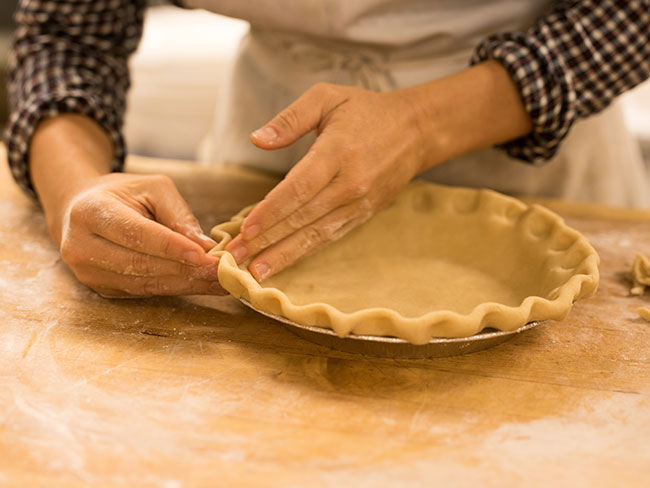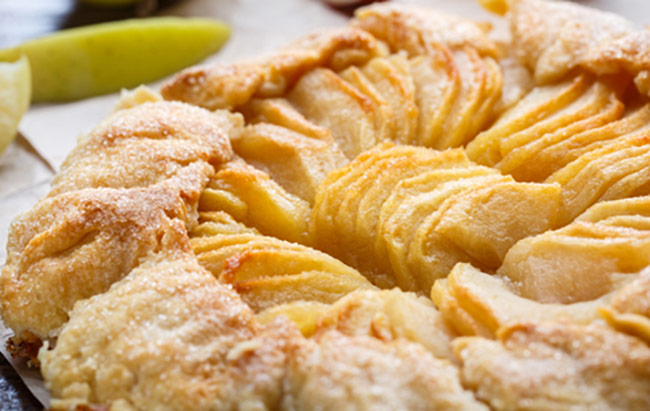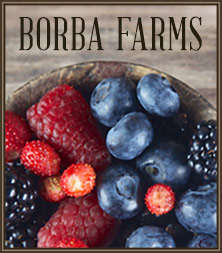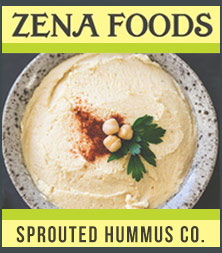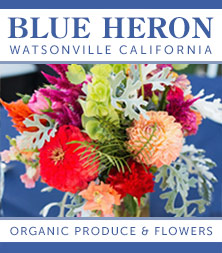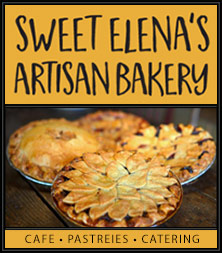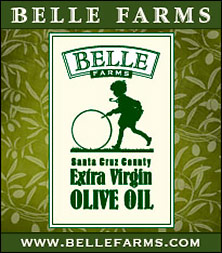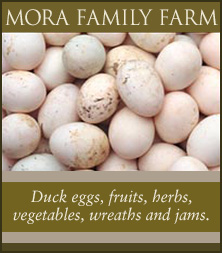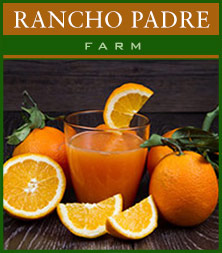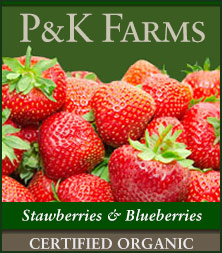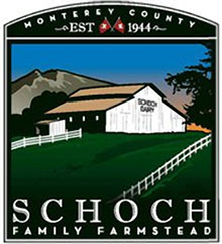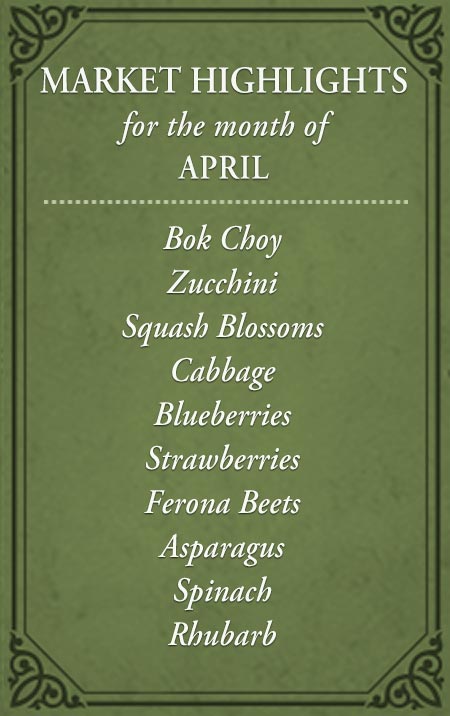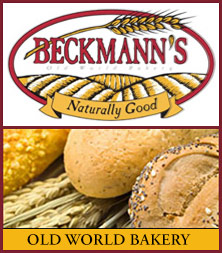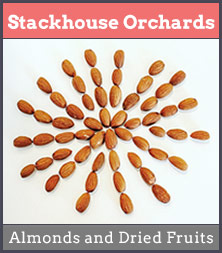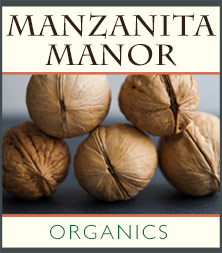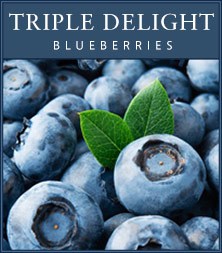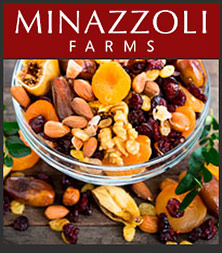Everyone enjoys a great piece of pie, especially made with fresh fruits from the farmers’ markets! It is easily one of America’s favorite desserts. However, the bane of most cooks is making the pie crust. While it’s easy and convenient to turn to store-bought, pre-rolled pie crust, nothing comes close to a homemade, buttery, flaky pie crust.
If you’re a newbie to baking, don’t try to make a pie crust from scratch when guests are expected in two hours! Instead, set aside a half-hour and follow the directions carefully. Have your pie filling ingredients ready to go, and devote your attention to the pie crust.
Here are some of our best pie crust tips:
- For a traditional flaky pie crust, use a combination of shortening and cold butter. These fats have different melting temperatures and help create pockets of steam that help form the flaky layers of pastry. Even if your favorite recipe calls for all shortening, replace a small amount with butter for the best flavor.
- Freeze your butter for 20 minutes before cutting it into the flour mixture. Pastry requires VERY cold butter. If you have time, measure the flour into a zip-top plastic bag, and put it in the freezer while your butter chills.
- When making dough, the fat pieces should range from crumb-sized pieces to 1/2-inch pieces. When using a food processor, add your butter and/or shortening in three batches. Pulse the first batch of butter or shortening three short pulses, just enough to break it up. Add the second batch, and pulse again, three or four short pulses, taking care not to over-process the flour mixture. You want different-sized pieces. Lastly, add the last of the butter, and pulse a couple of times. Check mixture. Again, you’re looking for a range of sizes — NOT a uniform meal-like consistency.
- When adding water, use cold water. Keep a measuring cup filled with a few ice cubes and water off to the side. When it’s time to add the cold water, dip your measuring spoon into the cup. Add the bare minimum of water – you want to create a crumbly texture that is not too dry or too wet.
- When mixing, use a very light “toss and stir” technique to incorporate the water. If there are a lot of dry bits at the bottom of the mixing bowl, add water a few drops at a time. Give the mixture a minute to absorb the water, and toss-stir again. The mixture should hold together when squeezed. Have a large piece of plastic wrap ready. Divide the dough in half if making more than one crust. Use the plastic wrap to gather the dough into a ball and flatten it slightly to create a disk. Re-wrap the dough loosely, leaving space around the edges. With your rolling pin, gently roll dough to fill in the extra space. You want a uniform disk.
- Chill dough for half an hour. This step allows the dough a chance to rest and hydrate.
- When ready to roll, use a piece of plastic wrap on the counter, and dust VERY lightly with flour. Unwrap the dough and place it in the middle. Place another sheet of plastic wrap on top. Roll dough gently from the center until the dough is rolled out evenly.
- Use your rolling pin to transfer the rolled dough to the pie pan. Remove the top piece of plastic carefully. Place the rolling pin off-center of rolled dough and lift the plastic on the bottom to wrap the dough over the rolling pin. Use your other hand to gently peel plastic from the bottom of the dough as you lift the rolling pin. Center the dough over the pie pan and gently ease dough into the pan, pressing lightly to fit the pan without stretching or tearing. Allow excess dough to hang on the rim. Trim to 1/2 inch.
- Add top crust. Trim edge to 1/2 inch. Gently tuck under excess dough on the top rim of the pie pan. Using your fingers crimp edges to seal. (Watch the video below for other decorative pie crust edges.)
- Use an egg wash and a small, narrow pastry brush to add a shiny glaze to your pie. Be sure to apply egg wash evenly and into every nook and cranny. Sprinkle your dough with coarse sparkling sugar at this point if desired.
RECIPES: French Butter Pie Crust, Basic Pie Crust, Lard Pie Crust, Gluten Free Pie Crust


